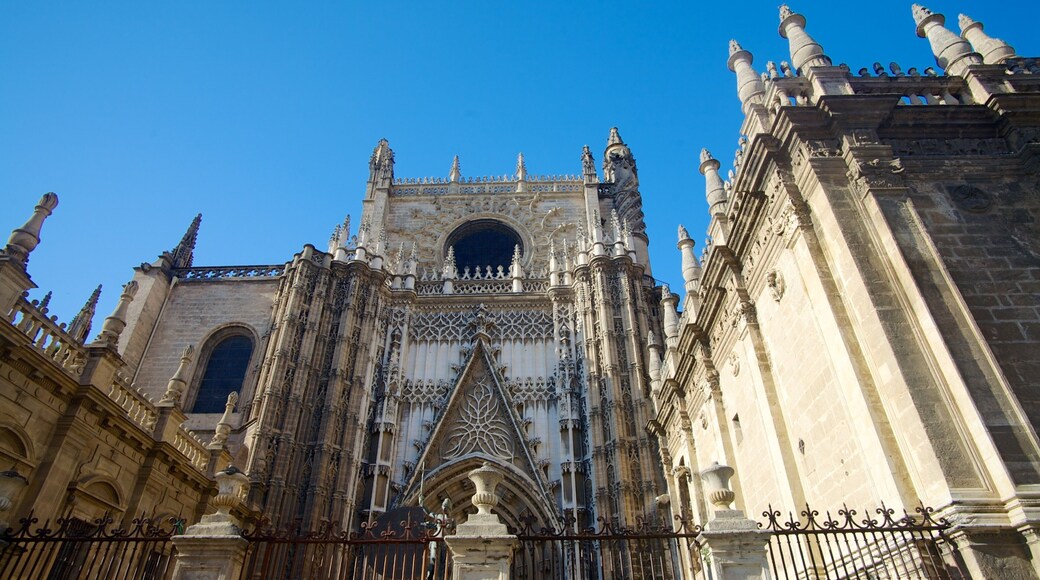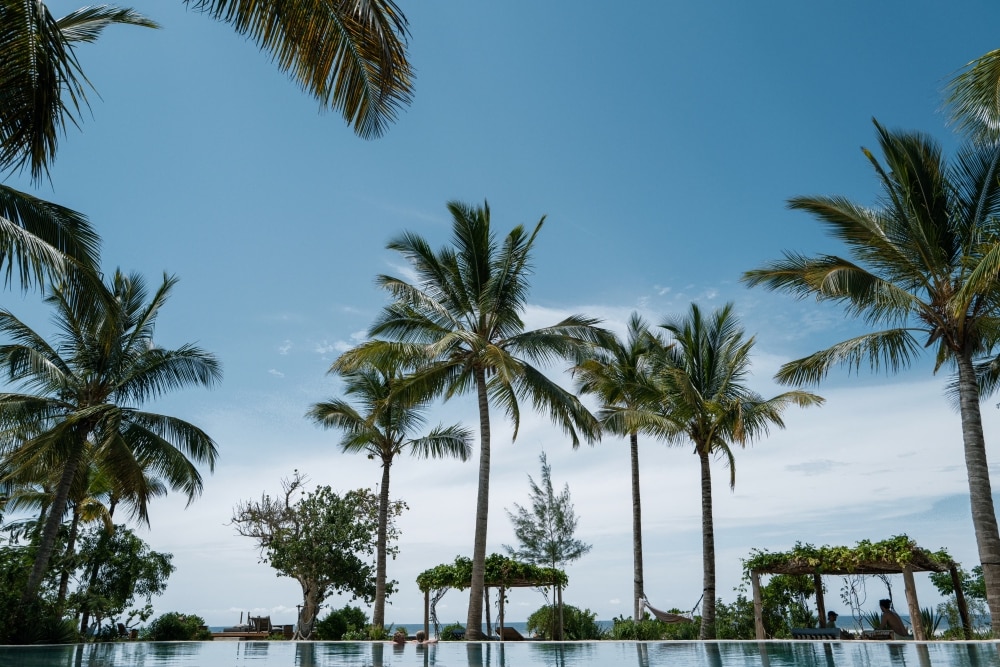Andalusia's capital is famous for its flamenco,bullfights and beautiful buildings. It’s a city that’s steeped in history,religion and a passion for the good life.
The Andalusian city of Sevilleis located on the banks of the Guadalquivir River and is rich in historical,architectural and cultural treasures. The Catedral de Sevilla (SevilleCathedral) is stunning in its sheer size, containing impressivegilded images. Beside the cathedral is La Giralda, the bell tower that was oncea minaret. On the other side of the square stands the great Real Alcázar (RoyalPalace), where more than a thousand years of Christian and Moorish designcollide in spectacular fashion.
The people of Sevilleare known for their passion, which is reflected in the two major festivals heldbefore and after Easter. Semana Santa de Sevilla is one of the largestreligious processions in the world, while the Feria de Abril will give localresidents a chance let their hair down during a week of festivities, full offlamenco and other treats.
Seville is reputed tohave one of the highest concentrations of pubs in all of Europe. Notsurprisingly is has a reputation as a major party town. Start your evening witha plate of juicy olives, some delicious ham and patatas bravas (fried potatoeswith a spicy sauce) in one of the many tapas bars. Then go to a gig or catchfootball match in Seville's La Cartuja, one of the largest stadiums in Spain,before hitting the bars and clubs around town.
In Seville it’s easyto watch those pennies public transport is excellent, inexpensive and regularbus services run to all the important places. Explore the city at a slower paceby hiring a bicycle through the public bicycle rental program, Sevici, orchoose to stay near the old town, where most of the important historicalattractions are, so you can explore the area on foot.
The number of visitors drops during the summermonths when the temperature rises to a scorching 36 ° C. The best time to visitis during the autumn or spring, which is also when the festivals are held.




